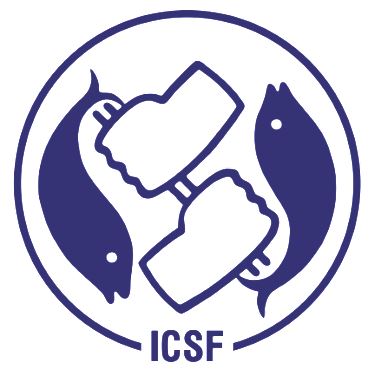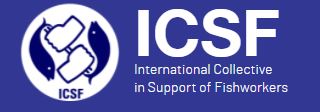Barreiro, Mateo and Abad, Esther and Antelo, Luis T. and Fernandez, Jose Carlos and Pereira, Carlos and Ovalle, Juan Carlos and Martin, Ricardo Issac Perez and Valeiras, Julio (2025) Development of smart electronic observation onboard technologies for more sustainable fisheries management. Frontiers in Marine Science, 12. p. 22.
Full text not available from this repository. (Request a copy)Abstract
Long-term conservation of marine resources depends on the availability of data to adequately assess fish stocks, the environmental state and the impact of fishing activity on marine ecosystems. In recent years, electronic monitoring (EM) has developed significantly as a tool to provide data on fishing activity and catches. In this context, the question arises as to how these data can be utilized for scientific fisheries research, given the available EM systems and the wide variety of commercial fisheries. In our study, we tested four case studies in Spanish waters: otter bottom trawling targeting demersal fish, otter bottom trawling targeting mackerel, trammel net fishery and purse seining. To evaluate the utility of EM, in these case studies, we designed a comparative analysis based on two data sources: data from scientific human observers and data from an electronic camera system. Both methods were applied to the same hauls to assess the accuracy of the cameras, the system performance and the problems with adequate data collection for scientific purposes in each fishery studied. The results showed that the camera system recorded an average of 69% to 80% of the total captured species in trawling, full coverage (99%) in trammel nets, and 64% in purse seining. The number of detected individuals varied among the identified species. An 83% agreement was observed for retained Lepidorhombus spp. and 55% for retained Scomber scombrus in bottom trawl fisheries. Likewise, a 90% agreement was recorded for Sepia officinalis in the trammel net fishery. In terms of total estimated weight, a 75% agreement was achieved for retained Sardina pilchardus in the purse seine fishery. Additionally, the camera system was able to record bycatch species, including marine mammals and seabirds, and protected, endangered, and threatened (PET) species. This information provides an opportunity to gather more scientific data from small-scale fisheries, which are the most common type in Spain. Some possibilities are proposed to address several challenges to improve the accuracy of camera recordings in different fisheries so that they are useful for scientific data collection.
| Item Type: | Articles |
|---|---|
| Keywords: | Sustainable Fisheries, Fisheries Management, Marine Resources, Conservation, Marine Ecosystem, Electronic Monitoring (EM), Small-scale Fisheries, Bottom Trawling |
| Subjects: | Right to Resources |
| Depositing User: | Kokila ICSF Krish |
| Date Deposited: | 18 Sep 2025 10:42 |
| Last Modified: | 18 Sep 2025 10:42 |
| URI: | http://icsfarchives.net/id/eprint/22428 |
Actions (login required)
 |
View Item |


